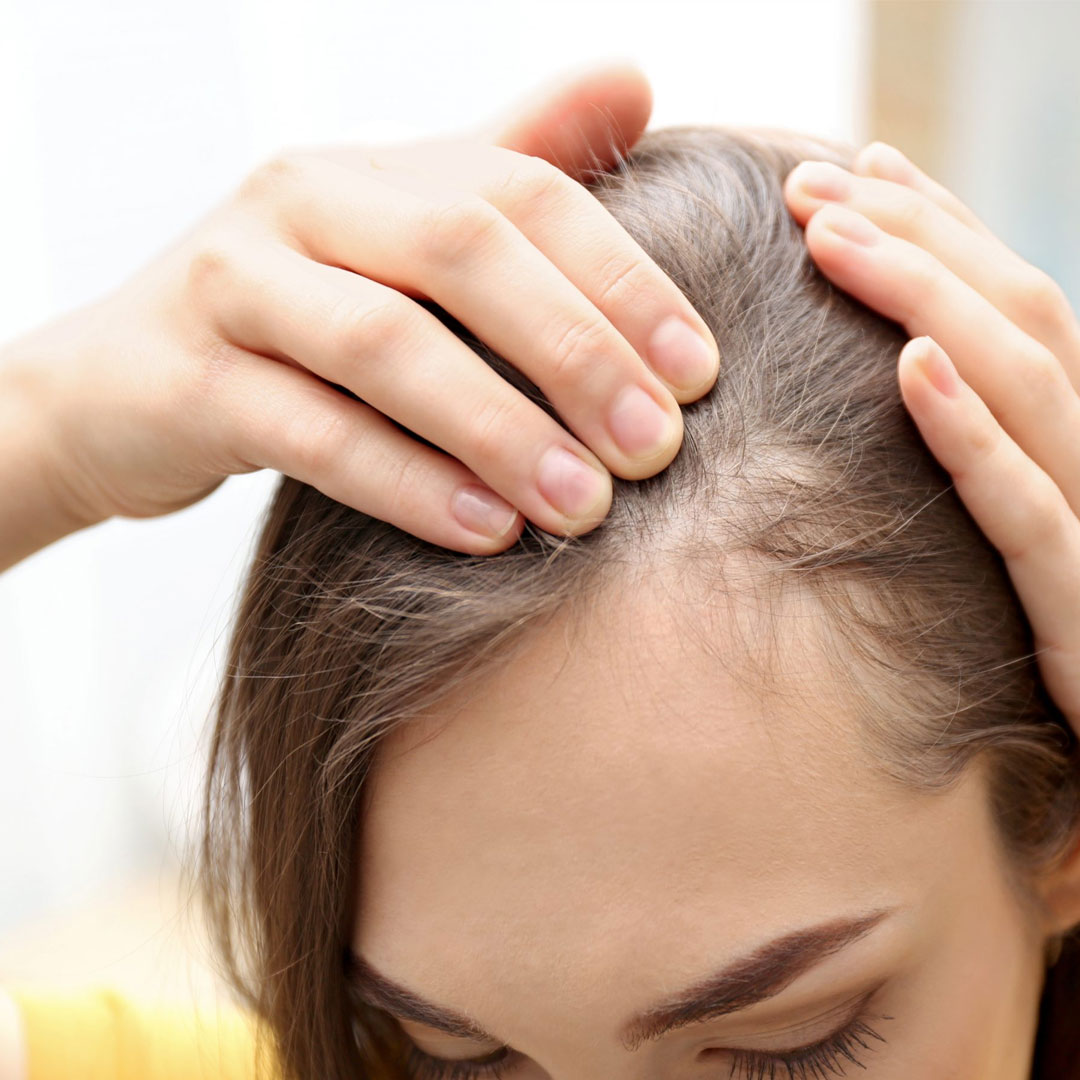
What is Alopecia Areata?
Understanding Alopecia Areata: Causes, Symptoms, and Treatment Options
Alopecia areata (pronounced al-o-pee-sha air-e-ah-tah) is an autoimmune disease that causes unpredictable hair loss. While it can affect any hairy area of the body, it most commonly manifests on the scalp and beard area. This website content will guide you through everything you need to know about Alopecia Areata, from its causes and symptoms to available treatment options
What is Alopecia Areata?
Alopecia areata disrupts the normal hair growth cycle. In a healthy individual, hair follicles go through phases of growth, rest, and shedding. However, in someone with Alopecia Areata, the immune system mistakenly attacks the hair follicles, interrupting this cycle and leading to hair loss.
